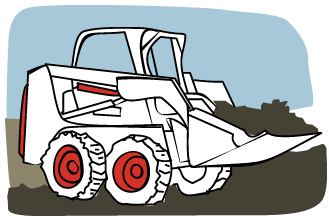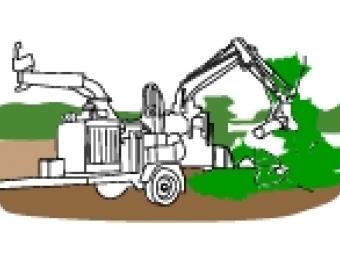
Depending on the size and amount of vegetation on your residential plot, land clearing can be a difficult job. It can involve tree felling and other dangerous jobs that need trained experts to perform, and heavy equipment like chainsaws and skid loaders will be used during land clearing as well as other light equipment.
Land clearing is often heavily regulated as it can cause erosion, creates waste and can generally be taxing to the local environment. Land clearing will be a consideration as part of your local council planning and building permit process.
Disposal of cleared vegetation
How vegetation from your site needs to be disposed of will also be regulated differently from council to council, however waste can often be ground and composted, made into woodchips or in some cases burned (usually on larger non-metropolitan properties). It is possible that the felled trees from your property carry some value, so it may be worth checking to see if you are able to sell this natural resource to a timber company.
After clearing
After the site is cleared, builders will need to make sure the site is protected from settling. On larger sites it's useful to ask the company performing the land clearing if there is anything that needs to be done to protect top soil from erosion. This top layer of soil is an important part of the natural environment that can be easily eroded after trees and shrubbery are removed. This erosion can sometimes be prevented through the planting of grasses or other vegetation that will not impact construction, however it's best to consult your local council for advice on what the best option is in your area.






